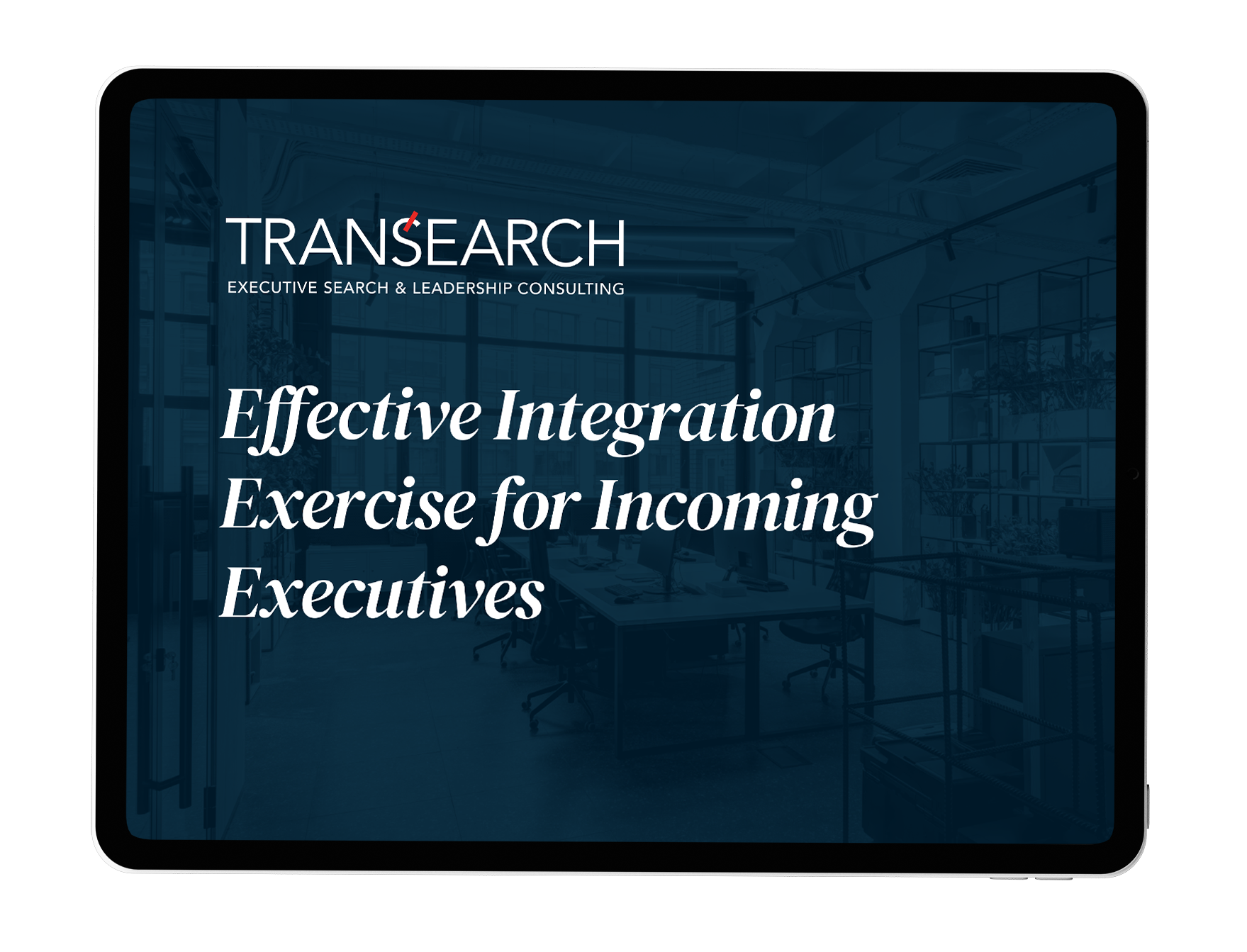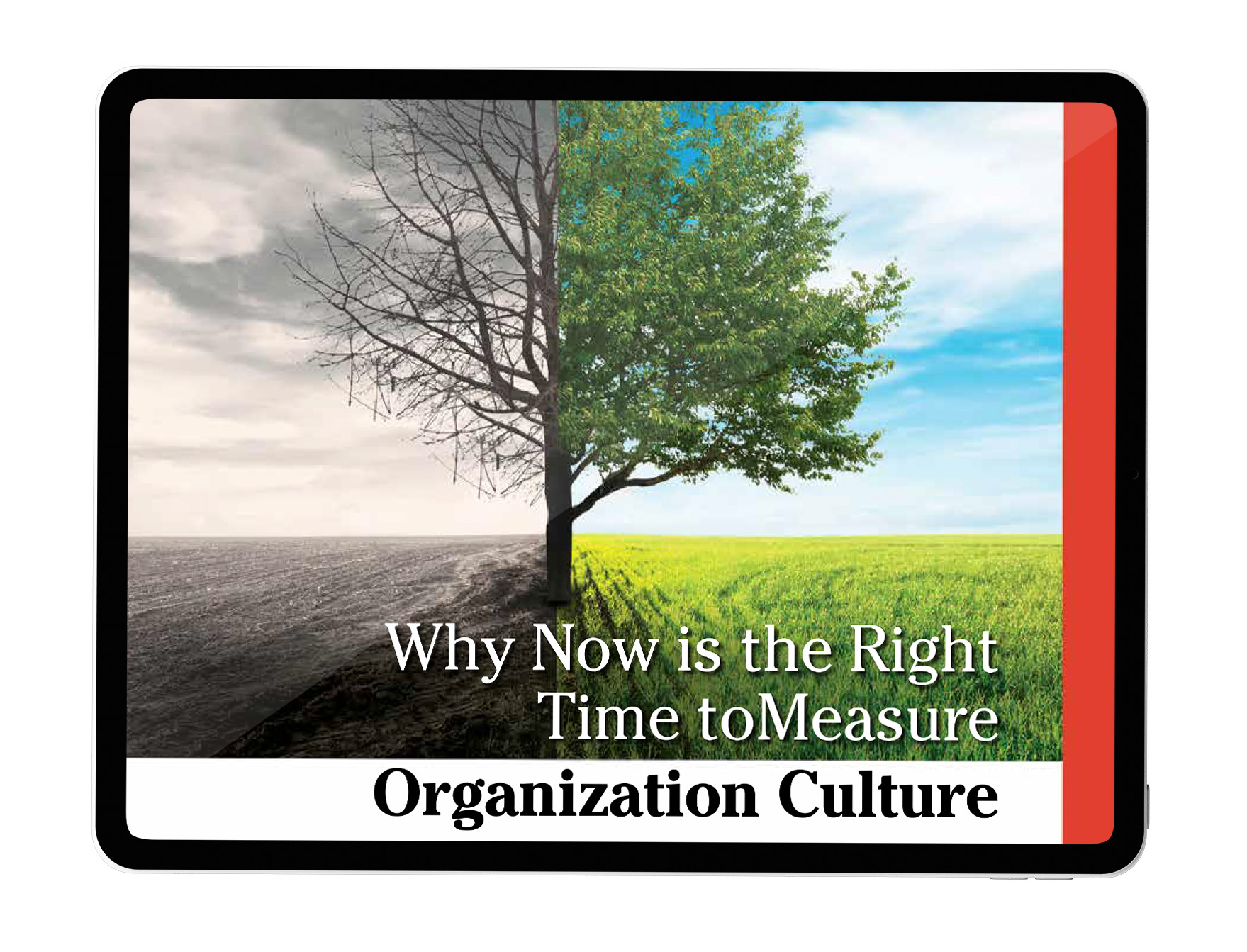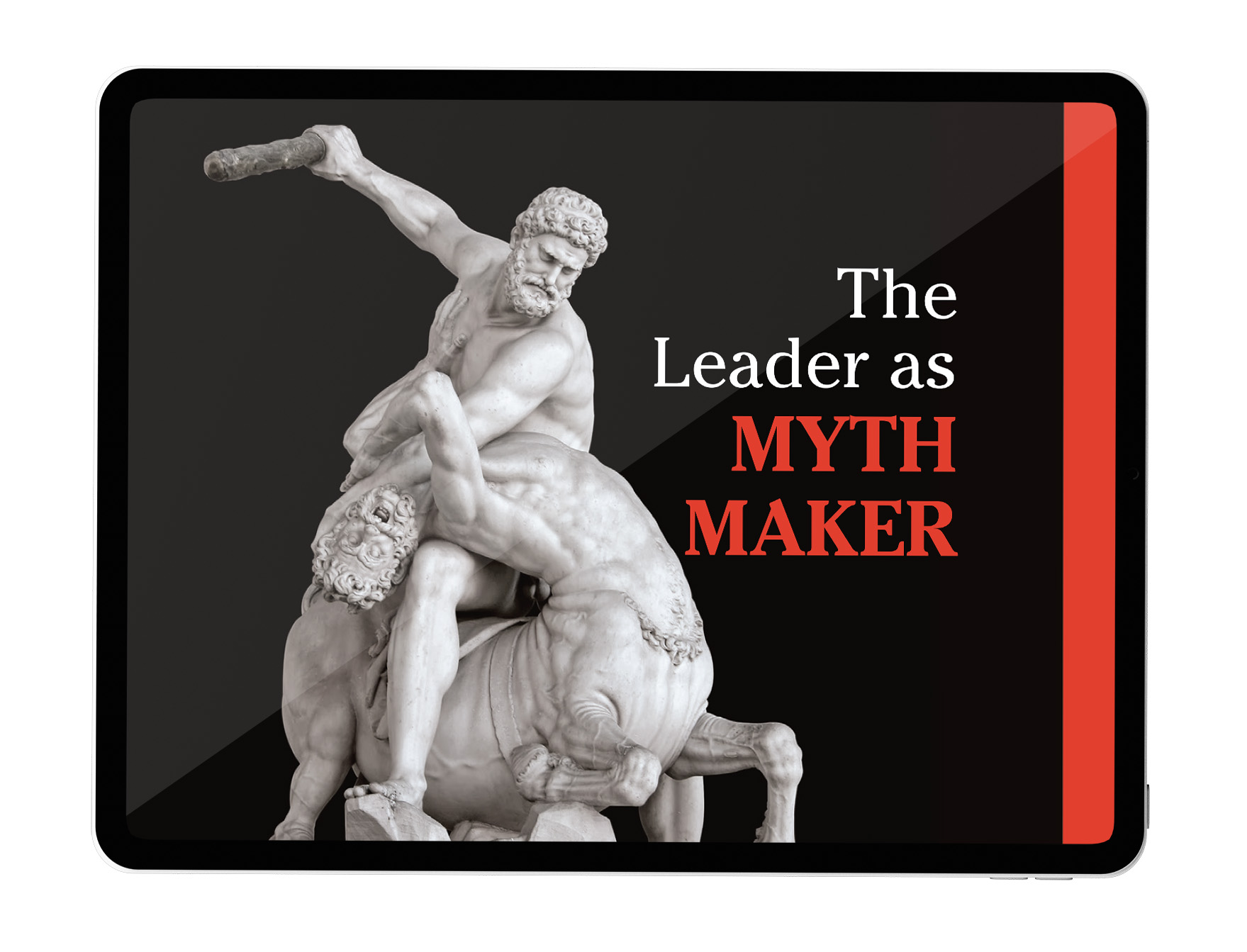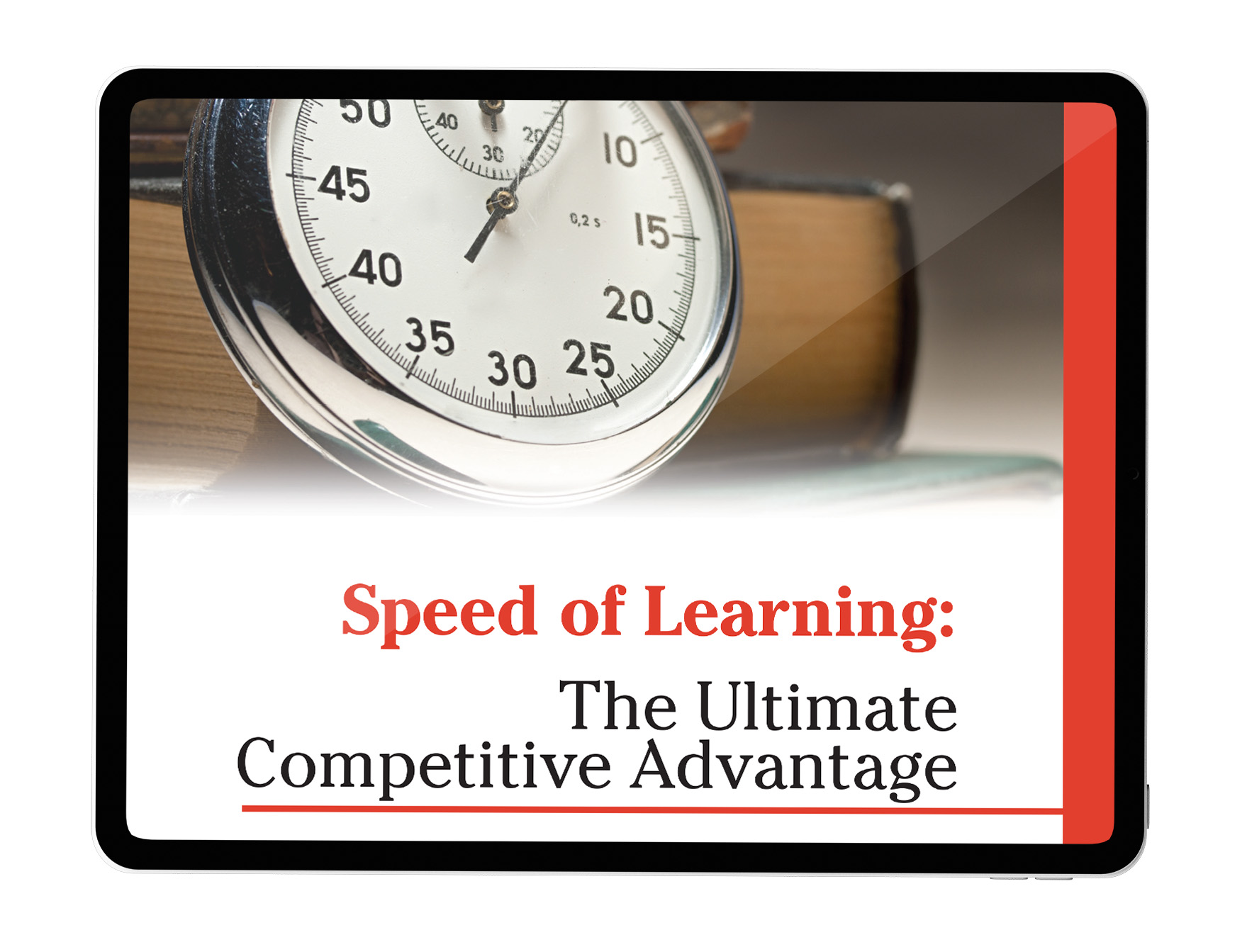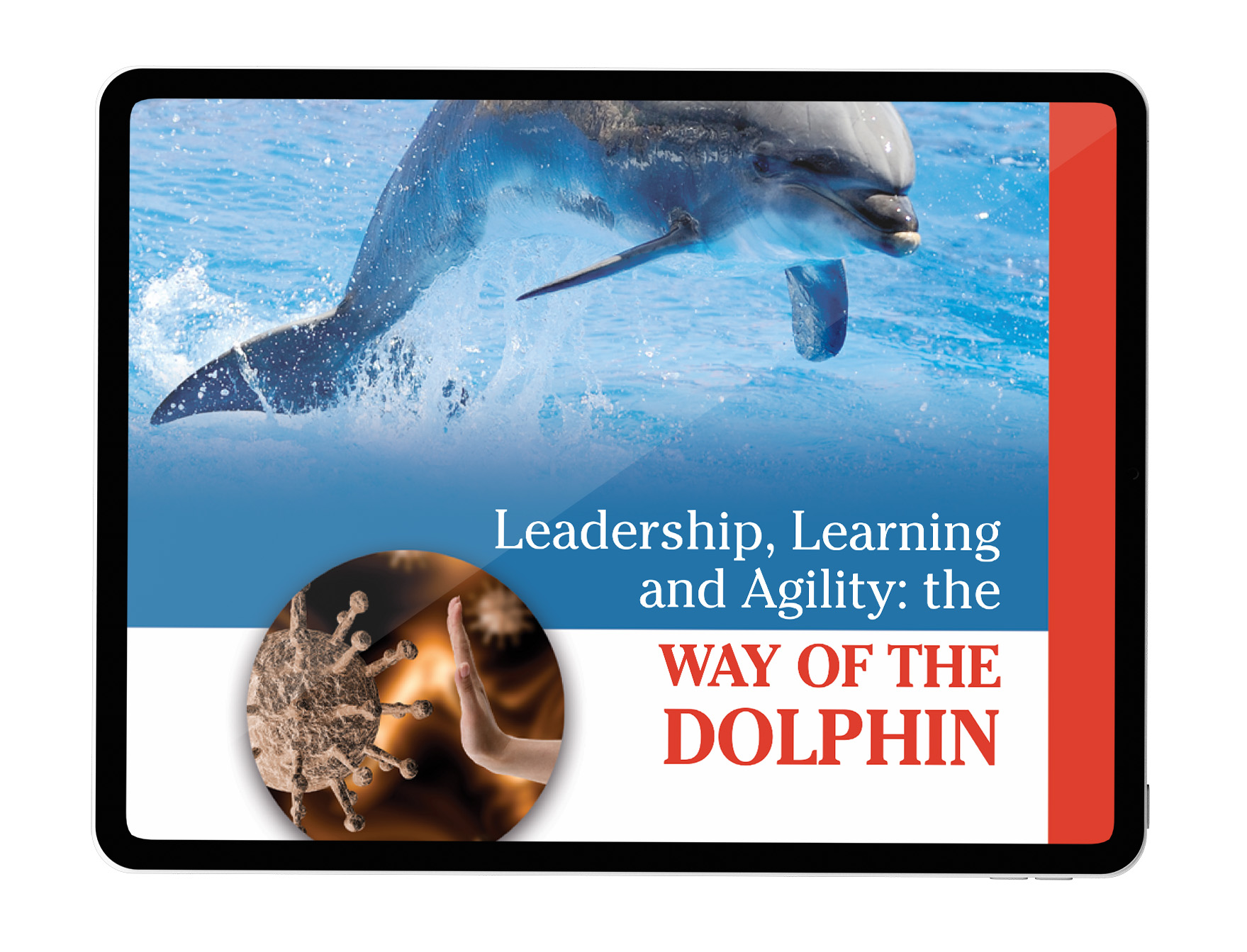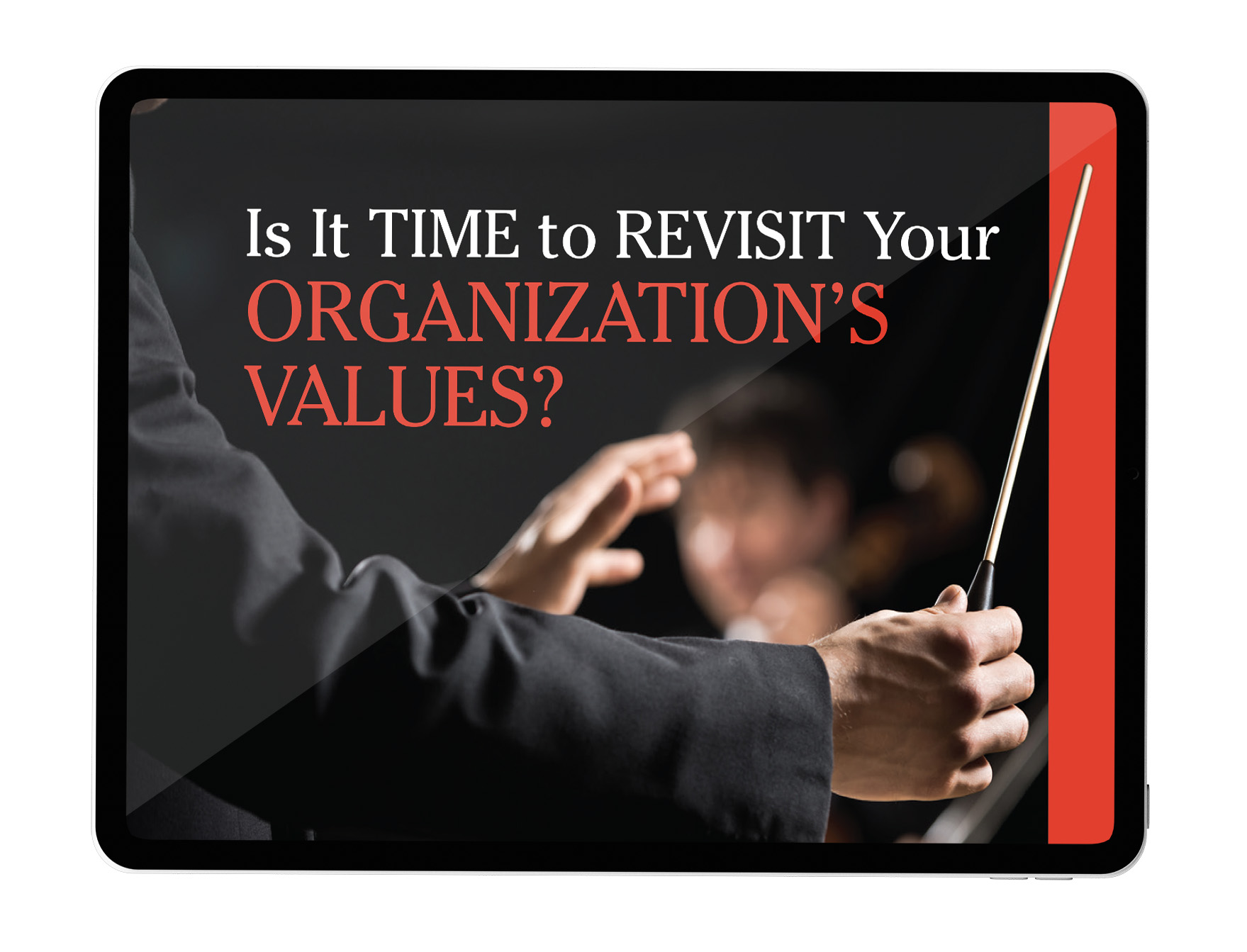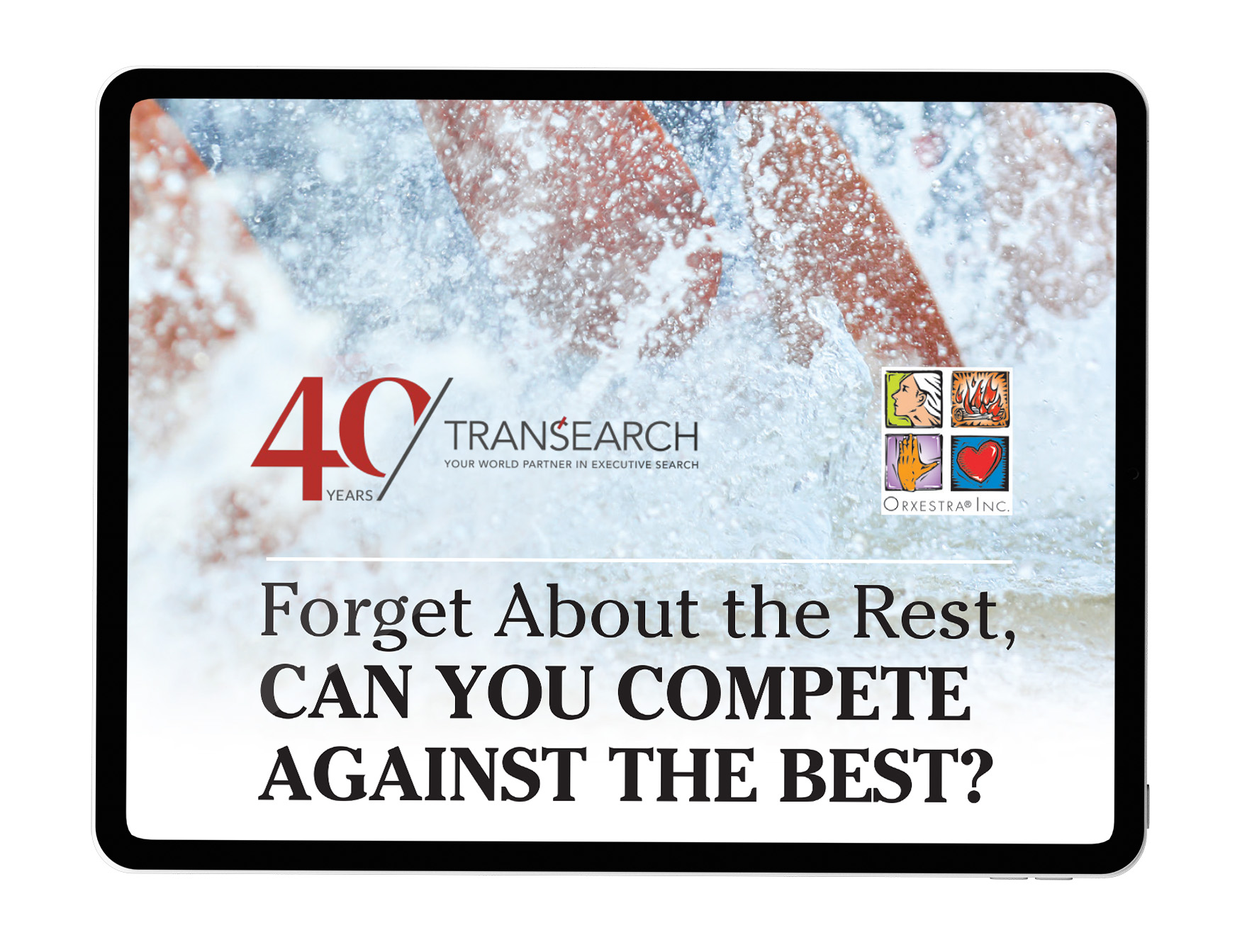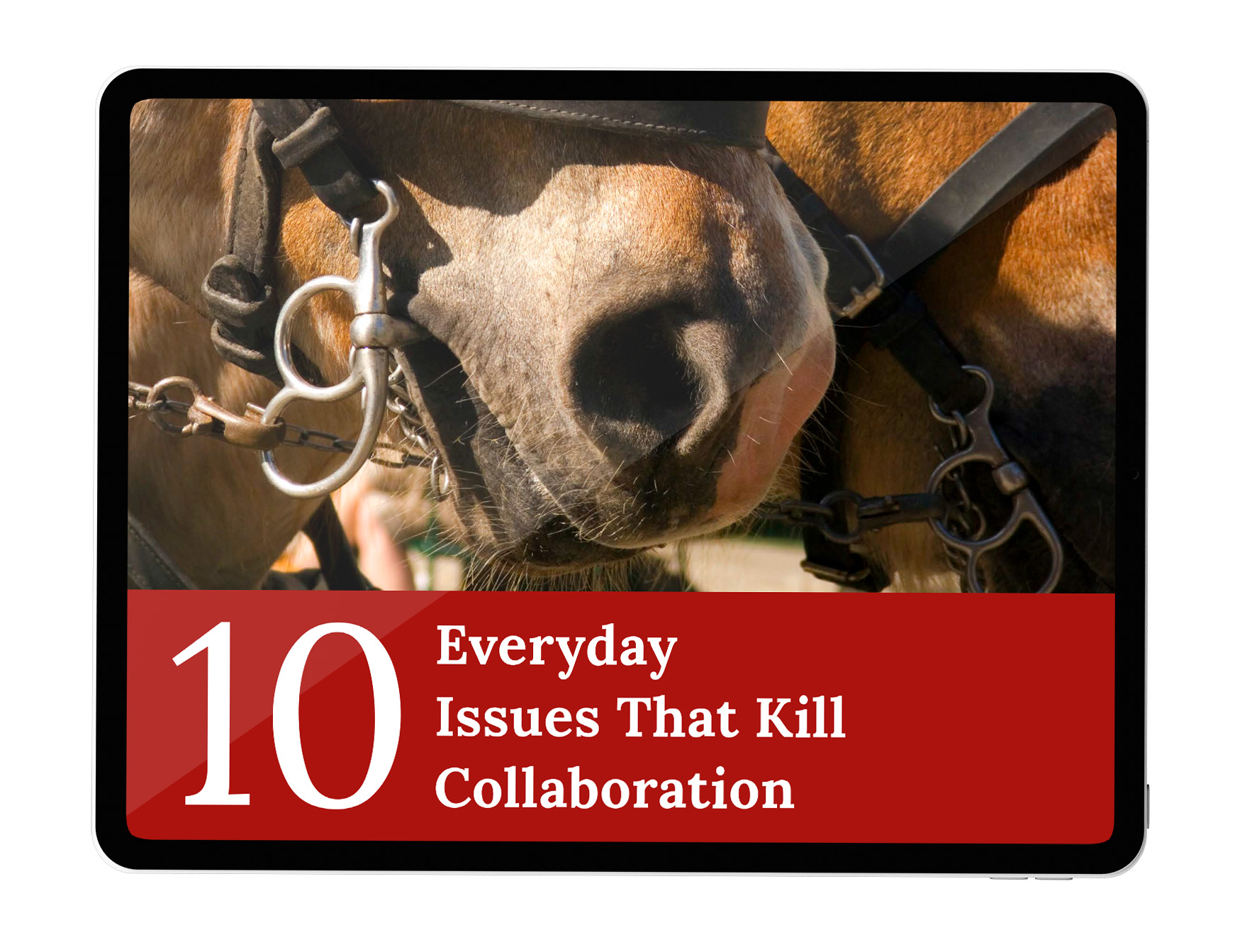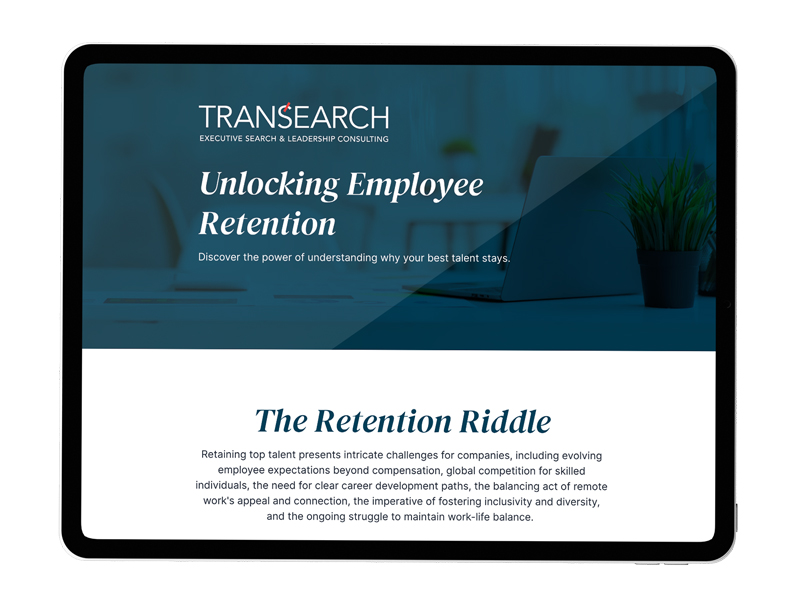In today’s fast-paced work environment, burnout is becoming a common workplace challenge for high achievers. These motivated professionals strive for excellence and often push themselves to their limits, leading to exhaustion and burnout.
As a business leader, you might relate to the struggle of maintaining high-performance levels while avoiding the pitfalls of stress and overwork. Recognizing burnout in your team and, more crucially, supporting high achievers to prevent it can be pivotal in sustaining long-term business success.
Successful companies have implemented solutions to tackle this issue and help their high achievers avoid burnout. Let’s explore their stories and strategies for managing burnout among high achievers.
Understanding Burnout in High Achievers
High achievers are often viewed as the engines driving successful companies. Their exceptional drive and passion can steer an organization toward impressive feats. However, the same attributes that make them stand out can also render them vulnerable to burnout. Burnout is not a sign of weakness but rather a result of prolonged chronic stress, leading to physical, mental, and emotional exhaustion.
High achievers are particularly susceptible because they are more likely to:
- Set exceedingly high, sometimes unrealistic, expectations for themselves.
- Have difficulty delegating or saying no due to the fear of failure or letting others down.
- Struggle with the concept of work-life balance, frequently sacrificing personal time for work.
Leaders must gain insight into the early signs of burnout, such as:
- A decline in productivity despite increasing hours of work.
- A change in attitude, like becoming more irritable or withdrawing from the team.
- Physical symptoms such as headaches, fatigue, and trouble sleeping.
Understanding these signs can enable leaders to intervene early and effectively.
Combatting Burnout Through Supportive Leadership
Supportive leadership is not about indulging employees; it’s about creating an environment where high achievers can thrive without jeopardizing their well-being. Here are strategies to help high achievers navigate burnout:
Cultivate Open Communication
Encouraging frequent, honest dialogue can help high achievers feel heard and supported. Open communication allows for expressing concerns and the shared responsibility for managing workloads and expectations.
Clarify Roles and Expectations
Clearly defining roles and expectations prevents ambiguity that can lead to overburdening. When high achievers know what is expected of them.
Offer Flexible Work Arrangements
Flexibility can be a lifeline for high achievers. Enabling flexible work hours or remote work can help them manage their time in a way that complements their personal needs and enhances productivity.
Recognize and Reward Effort, Not Just Outcomes
High achievers often tie their self-worth to their performance outcomes. Recognizing their hard work and effort, regardless of the outcome, can reduce the pressure they put on themselves and foster a more supportive culture.
Fostering a Resilient Mindset
High achievers can build resilience to combat burnout. Encourage them to:
- Develop self-awareness about their stressors and coping mechanisms.
- Prioritize self-care by getting adequate rest, engaging in physical activity, and pursuing their passions outside of work.
- Engage in regular check-ins to reflect on their mental state and strategies for managing stress.
Leaders play a crucial role in modeling and advocating for these behaviors, demonstrating that taking care of oneself is not antithetical to success.
Implementing Organizational Level Changes
At an organizational level, several structural changes can help alleviate the burden on high achievers:
Redesign Job Roles
Analyze job roles to ensure they are realistic, and the workload is distributed equitably. Consider revising job descriptions and responsibilities to better align with the existing team’s capabilities and bandwidth.
Streamline Processes
Simplify and streamline processes to eliminate unnecessary tasks that contribute to workload inefficiency. Automate repetitive job functions where possible to free up time for higher-impact work.
Set Realistic Deadlines
Work with teams to set realistic deadlines considering the complexity of tasks and the existing workload. Extend deadlines if necessary to prevent situations where high achievers are constantly racing against the clock.
Encourage Time Management
Provide time management training and tools to help high achievers organize their work more effectively. Teaching them to prioritize and manage their time can significantly reduce their stress levels.
Avoid Burnout and Supercharge Your Team’s Performance
Burnout can no longer afford to be a secondary concern in the workplace. High achievers need support not only for their continued productivity but also for their overall health and happiness. By implementing a multifaceted approach that includes supportive leadership, fostering a resilient mindset, and making organizational changes, we can create work environments that challenge high achievers without burning them out.
Leaders who champion these causes will see a twofold benefit: a healthier, happier workforce and an organization that is truly sustainable in the long run. It’s time to take action and ensure that our high achievers can continue to scale great heights without sacrificing their well-being.
Leverage TRANSEARCH’s Organizational Culture Workshops to create a thriving and sustainable work environment where employees and the organization can succeed. Let’s take action to prevent burnout and supercharge our teams for success – contact us.





















